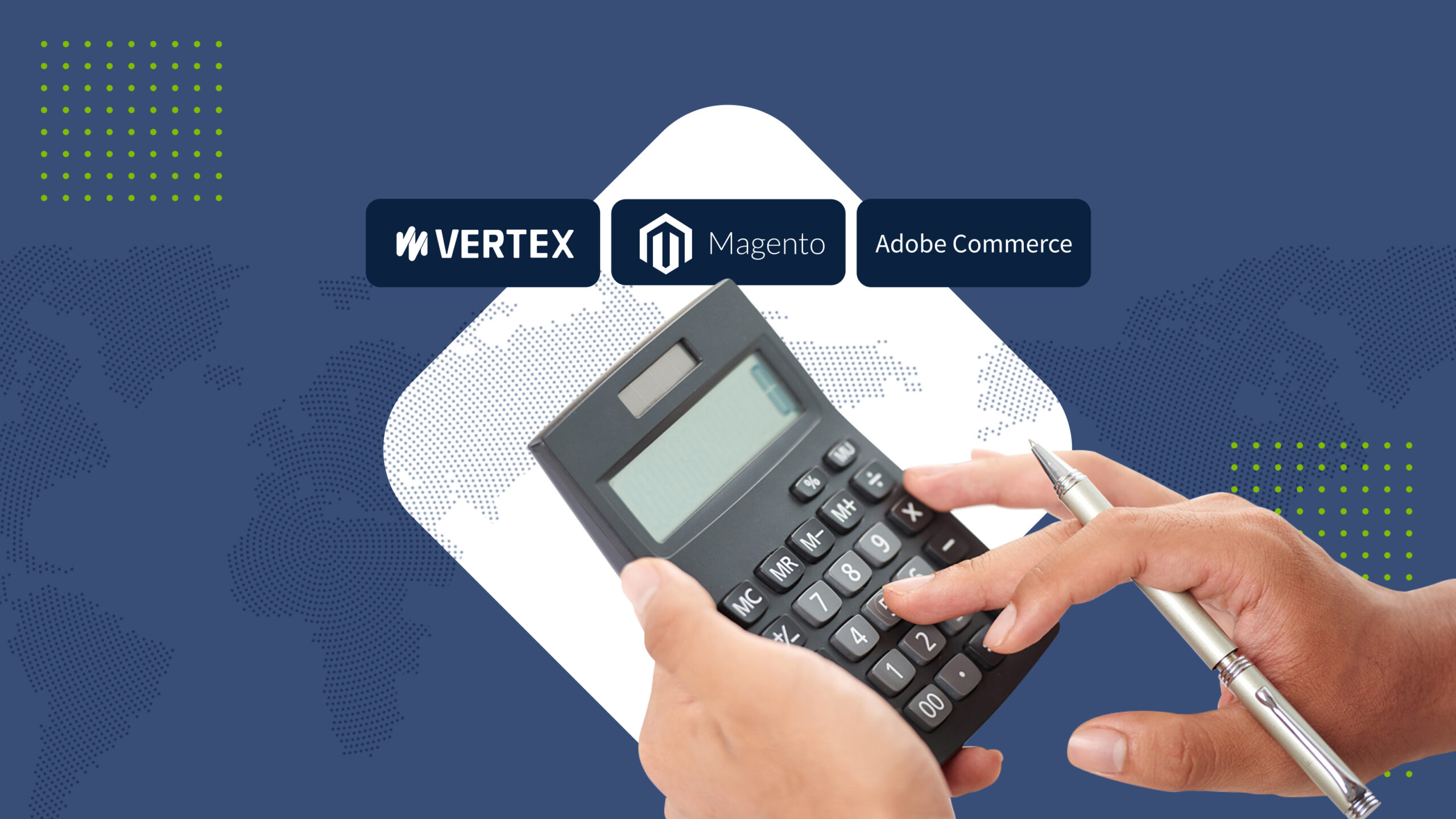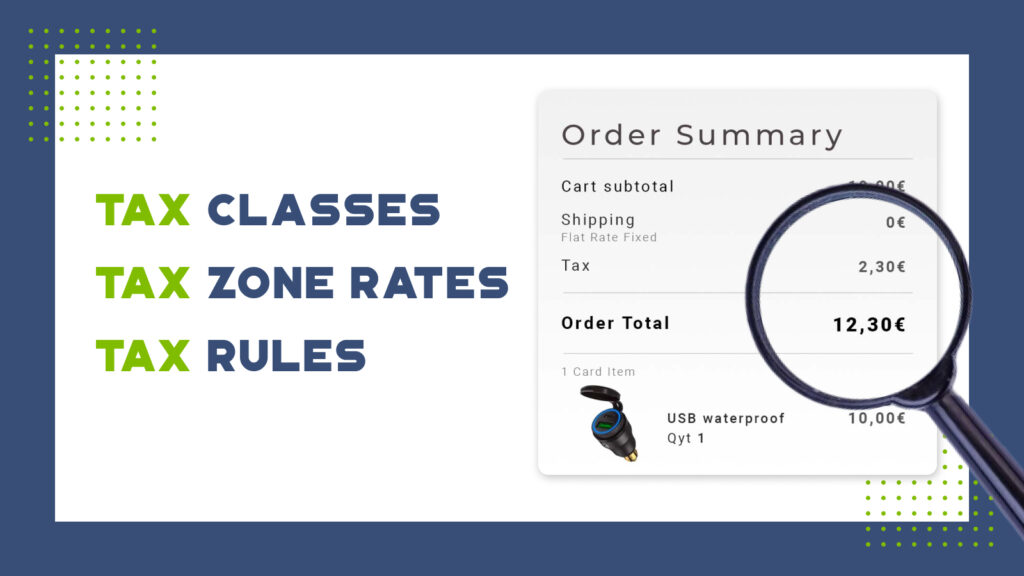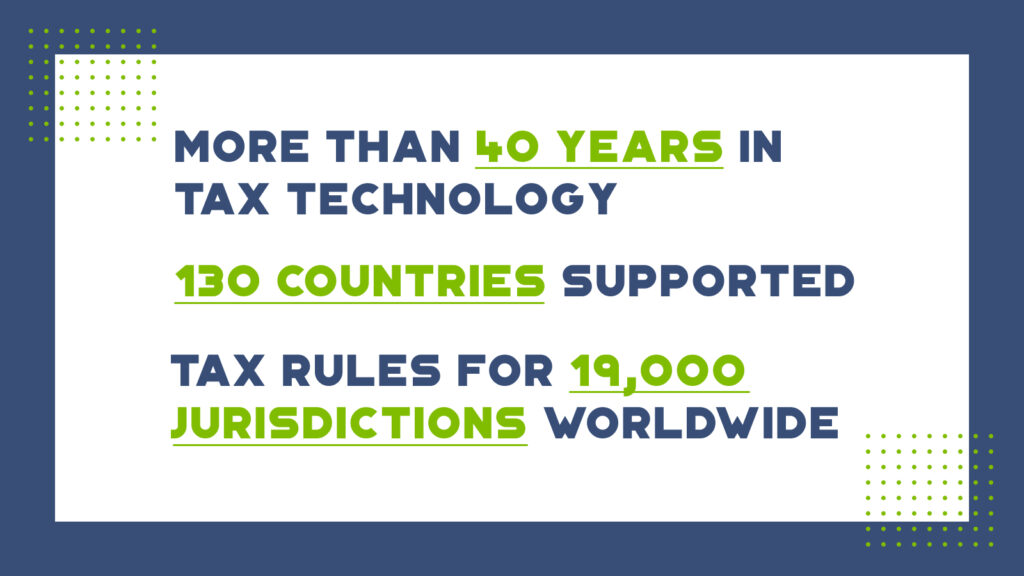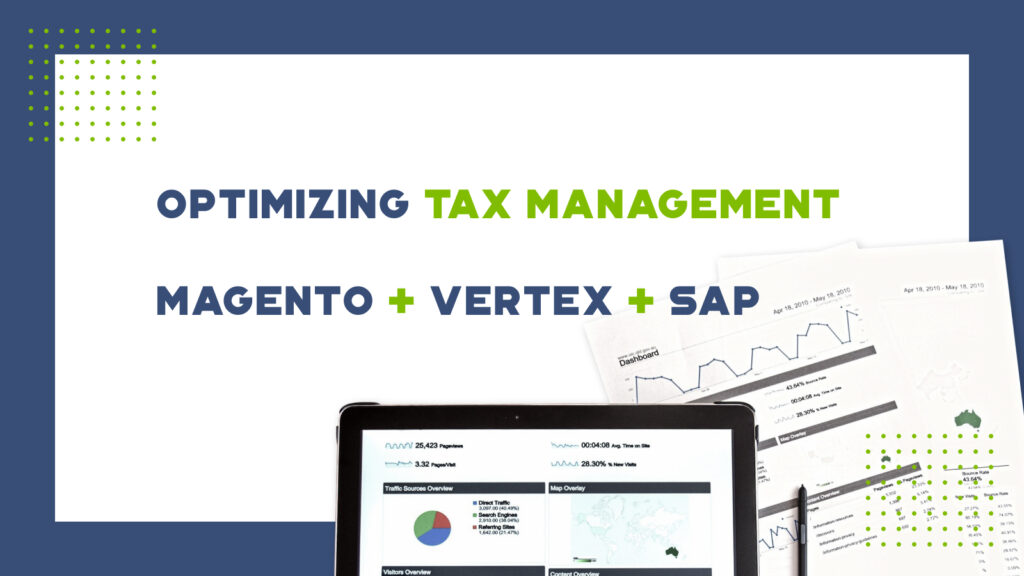Configuring taxes in Magento. And when is Vertex a game-changer?
14 Dec, 2021 / 7 MIN read
There’s an old adage of three main things in life that are certain: birth, death, and taxes. The latter isn’t the most fun or the easiest to navigate, especially in ever-changing international tax environments. In 2020, in the USA alone amended 592 unique tax codes and regulations, according to the End of Year 2020 Sales Tax Rates and Rules Report by Vertex. Add to that recent changes in VAT rules in the European Union affecting all businesses selling here and many other regulations across the globe, and the number of changes begins to increase exponentially.
Making sure that an online store can quickly process, adapt, and navigate these ever-changing rules and regulations is crucial to running a successful ecommerce store. Luckily, such ecommerce solutions like Magento and Adobe Commerce have not only default tax management tools set but can be integrated with different solutions to help ease the tax-heavy burden of selling internationally. One such perfect example is Vertex.
In addition to the default tax management functionalities, version 2.2.4 brought increased functionality and customization options – Vertex now comes as the core bundle extension and can be easily set up in the admin area. We’ll cover this a little bit later in the article.
As an eCommerce solutions provider, one of the many areas where we help our customers is in the tax configuration and implementation within their stores. We then advise their team on how to efficiently manage their platform with the default functionality, and help further develop custom solutions where specific needs arise for their business.
Tax management capabilities of Magento 2
Let’s start by first exploring some of the basics. We’ll further define Tax Classes, Tax Zone Rates, and Tax Rules by taking a closer look at these default tax capabilities of both platforms. And to highlight increased flexibility and adaptability, we’ll dive into some of the more advanced and customizable options in the later part.
So here they come, the main tax management capabilities explained.

Tax Classes contain segments of products or services which may or may not require a certain tax. For example, do some states have a sales tax? Do they have a shipping tax? Are businesses or personal purchases exempt?
Tax Zone Rates can help further define the rate of taxation based on a certain product or service in a given area. For example, how much sales tax is paid in Spain versus Portugal, or New York versus California?
Tax Rules contain the summary of all of the above. These tax rules will then define exactly how much tax a product or service will be charged to a consumer in combination to any of the above criteria.
Taking each of these criteria into consideration, Magento makes taxation and tax rule adherence a breeze. It’s easy to implement and define any of the following:
- Individual tax rules for every storefront in multi-site stores
- Calculation methods based on unit price, row total, total, etc
- Catalog price settings to include or exclude taxes
- Applying tax to discounts
- Displaying tax information at checkout
For eCommerce businesses who operate on an international scale and have complex tax calculation rules, tax amounts can be included within the price of a product or service. This will create a simplified experience for customers and remove any unfamiliar or unwanted tax information that may confuse them, making purchases faster, easier to understand, and accurate.
As comprehensive and flexible as these options and settings are within Magento, some users may still have additional needs. When it comes to cross-border sales and taxation, understanding the nuances of each tax class, rate, and rule can become cumbersome, and in some cases, some criteria may even be missed. This is where Vertex appears on stage.
When is Vertex a game-changer?
Vertex is a cloud-based tax solution that enables users to automate sales and tax compliance. This has a special place in the hearts and minds of enterprises and mid-market companies with complex tax transactions. Not only can Vertex help keep rules and regulations up to date and accurate, but saves time for your tax and financial teams by eliminating manual compliance processes.
As we mentioned, since the 2.2.4 release of Magento, Vertex is now part of the core service bundle in both platforms. Not only does it help simplify the process of system integration and setup, but it provides you with direct access to increased Vertex tax compliance configurations for each of your storefronts.

To better understand some of these advantages and how it benefits your online store, take a look at some more Vertex details below:
- The system automates sales tax calculations for all transactionsbased on the tax profile of each product or service selected, and in it’s purchasing jurisdiction.
- Vertex is powered by a continuously monitored and updated database with millions of data-driven effective tax rules for 19,000 jurisdictions worldwide. Each time a regulation change happens, it’s automatically reflected here.
- Vertex makes geographic customer management easy, even those who have non-standard tax requirements.
- Vertex allows you to manage exception certificates so that buyers may make tax-free purchases when it’s legally applicable. They simply supply their tax exempt information and Vertex does the rest.
- The system automatically regenerates signature-ready PDF returnsand informs all necessary personnel safely and securely when returns are available.
- Vertex provides address validation options to ensure accurate taxation and shipping processes ahead of time.
- Vertex even allows for workflows which involve coupon and discount codes as a fully integrated payment processing assistant.
Adding the integration with Magento is also a quick and painless process. Vertex can be configured directly from your online store dashboard for standard workflows, just create a Vertex account to get started. As this is a paid solution, it’s probably best to speak with their sales team first to learn more about pricing plans and how to make Vertex work best for your business.
Magento Commerce + Vertex + some customization magic
For many mid-sized and enterprise level businesses, the goal is to reach a state of peak operating efficiency. And while the concept of tax management optimization does play a big part, it can be made easier with Magento and Vertex. And, even easier with some tweaks introduced to integrations with further business systems like ERP.
Let’s have a brief look at the real life business case where this combination was the case.
A customer of ours approached us about helping them with exactly this task. As an English company based in the UK, they operate on B2B and B2C levels in both the UK and the EU, which means varying levels and applications of VAT, especially for those B2B organizations who are VAT exempt. Dealing with multiple customer segments in multiple locals in this case quickly became a heavier burden than anticipated.
In this case, our objective was to validate the customer’s VAT number against the register of intra-community operators in the checkout to define those who are VAT exempt.
At the moment of development, a VAT validation feature was not available in Vertex, just planned. With the help of the default Magento feature, we were able to set up and implement this feature.
More detail on configuring VAT ID Validation in Magento can be found in the guide, but the main approach we adopted involved creating the tax classes, rates, and rules, and enabling and configuring VAT ID validation for the store. So, now Magento checks if the VAT number is VIES validated before order placement, and sends the result of the validation to Vertex. And based on the result, Vertex applies a particular rule – to charge VAT or not.

Since the client also uses SAP ERP for business operations, we had a third player in this game. SAP accepts only VIES validated VAT numbers, so the next challenge was to introduce some modifications to the Vertex-Magento-SAP communication and SAP reports, so SAP could process non VIES validated VAT numbers.
With a little bit of configuration and development magic from our team, our solution began to take its final form. SAP now not only receives the validated tax codes from Vertex and Magento, but also the required information for the orders. An example of such information might be ”Non-established supplier # Article 194 Council Directive 2006/112/EC # customer to account for Reverse Charge”. So, all the parties involved in the process are informed about tax details of the order.
We won’t dive into further details, main point is that managing the ever-changing world of tax compliance can be quite complex. From default tax management functionality in Magento to a multi-tier Vertex solution, and uniting tax management in different systems. But with the right partner, and armed with a modern approach, tax management for your ecommerce store can be simplified, made more time efficient, and reduce mistakes that often come with manual management. If you’re up to the challenge of optimizing tax management for your system, and need help from a competent team, reach out to us!






















